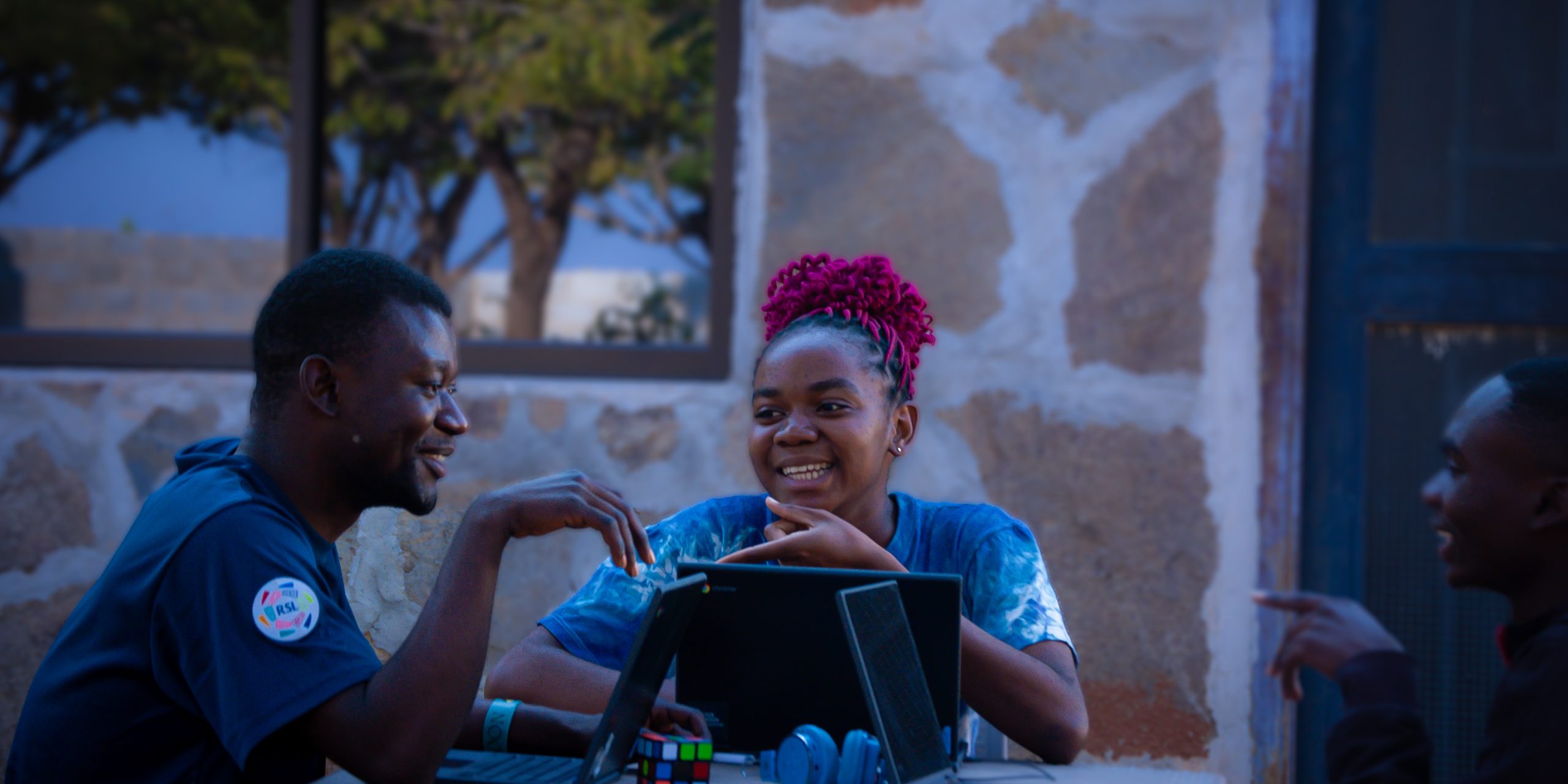Written by Thando Lungu
According to the World Economic Forum, there is currently an overall global gender gap of 32%. Although this suggests a worldwide marginal improvement of 68%, women still remain on the receiving end of gender inequality. It has been reported that there is a gender gap of over 77.1% in women’s participation in the political sector. Only 17% of women worldwide hold decision making positions at respective national levels – a staggeringly low percentage! The Economic sector has the second highest gender gap of 41.9%. Globally, only 22% of female professionals and 78% of males. It is clear from these numbers, that women continue to be left out of the political and economic sector: an unfortunate situation considering that female participation is essential for the full development of any society.
Significant breakthroughs
In spite of these demotivating numbers, there are significant break-throughs. Iceland, for example, has completely demolished the gender inequality phenomenon. Even sub-African countries like Namibia and Rwanda have managed to bridge various gender gaps. Not only that, the global trend shows both women and men receive equal education opportunities and equal healthcare. A recent study found that women generally apply to fewer jobs than men but have a greater chance of being successful at getting the job. In reality, little controversy has been added to the consensus of gender equality, in comparison to issues like religion, climate change, and even gender itself. People agree that gender equality is necessary and provided they continue to do so, the pest of gender inequality against women will be exterminated in just the next 61 years.
But are men becoming disadvantaged?
That being said, could men be at a disadvantage in our aim to combat inequality against women? Today, there is a female dominance in the higher education sector. The percentage of women in colleges has continued to increase annually in western countries. Poor African countries have not been exempt from this. Zambia, for example has five times more female single sex secondary schools than male single sex secondary schools. The result: general academic performance of females is much better than that of males at national levels. The male child is slowly turning into a victim in the name of equity. Our fight for women empowerment seems like a winning battle.
Now to address women’s empowerment more equitably
It is true that women suffer great injustices: sexual assault, under representation, and so much more. The world has clearly taken note of the problem and is trying to come up with sustainable solutions. How else would we have a 68% marginal improvement in the overall gender gap? The issue now is for policy makers to sit down and find ways to better address the women empowerment issue. It is essential that we do this so that, instead of victimising men, we create a society where both sexes can live as equals.
REFERENCES.
World Economic Forum Report, 2018.Stephan Vincent, Reversal of Gender Inequalities in Higher Education, 2008.Mwape Mupundu, Boarding school Distribution in Zambia, Zambian Speak out, 2017.


